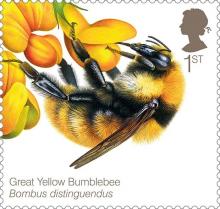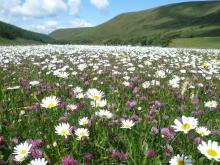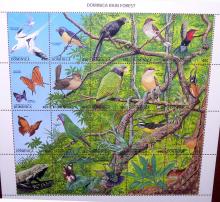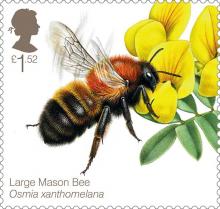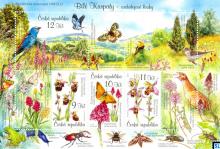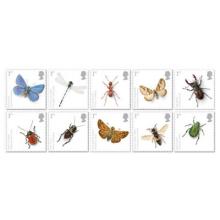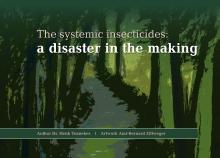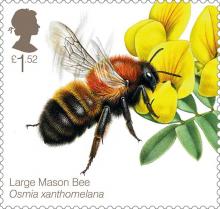Review of Sub-lethal Effects of Neonicotinoid Insecticides on Pollinators
We have identified 30 papers from a literature search on PubMed and Google Scholar using the following combined key words of “pollinators”, “honeybee”, “bees”, “pesticides”, or “neonicotinoids”, as of September 30, 2014, and from a cross-reference check of a report made available by European Parliament in preparation to fulfill their regulatory mandate on the issue of protecting pollinators among their membership nations.

